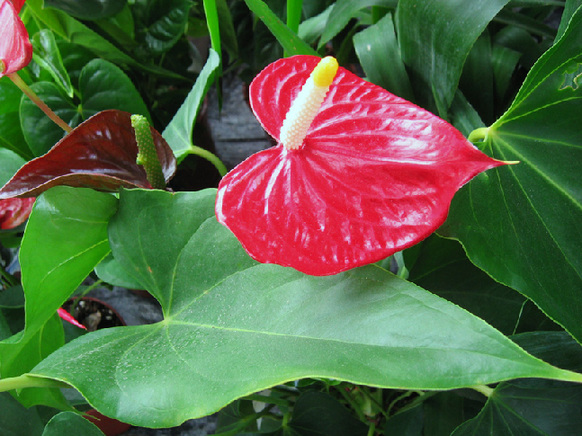56+ Most Blue Lace Flower Trachymene Coerulea
56+ Most Blue Lace Flower Trachymene Coerulea. Us (upper south) / zone 6, ms (middle south) / zone 7, ls (lower south) / zone 8, cs (coastal south) / zone 9, ts (tropical south) / zone 10, ts (tropical south) / zone 11. A little afternoon shade is appreciated in hot, sunny climates.

It generally forms […] thomasia. Commonly known as the rottnest island daisy or blue lace flower. Take extra care not to disturb the taproot if transplanting.
Coming From Australia In 1828, You Can Find This Plant Reseeding Year After Year Into Beds Without Any Special Care.
She recommends cobalt blue lobelia for. Outdoors after frost / indoors weeks before last frost plant height: A little afternoon shade is appreciated in hot, sunny climates.
Didiscus / Rottnest Island Daisy Scientific Name:
Trachymene coerulea graham blue lace flower; Click here to find out more. The humble dayflower, (commelina), viper’s bugloss, (echium), and borage bloom in very rich hues of ultramarine and turquoise.
This Is One Of Their Demo Gardens.
Grow in masses for the best effect. Commonly known as coast bonefruit, threlkeldia diffusa grows naturally on the coast in pure sand or limestone. It generally forms […] thomasia.
Taken In King's Park And Botanic Garden, Perth.
Pinch once when 6 tall and provide a twiggy brush underpinning for support, especially in windy areas. Beds and borders, cottage/informal, flower arranging, garden edging. Photos taken on new years day 2015, flowers at the end of their season.
Didiscus (Trachymene Coerulea) These Elegant Flowers Resemble Queen Ann’s Lace, And While They Are Also Called Blue Lace Flowers, They Come In Pastel Shades Of Pink, Blue, And White.
It prefers calcerous […] spyridium globulosum. The botanic garden is unique from those around the world by maintaining its focus on local flora, primarily because of the extraordinary diversity of western australian wildflowers found nowhere else on earth. Celeste cautions that the tidy borago laxiflora is more manageable than the sprawling borago officinalis.



